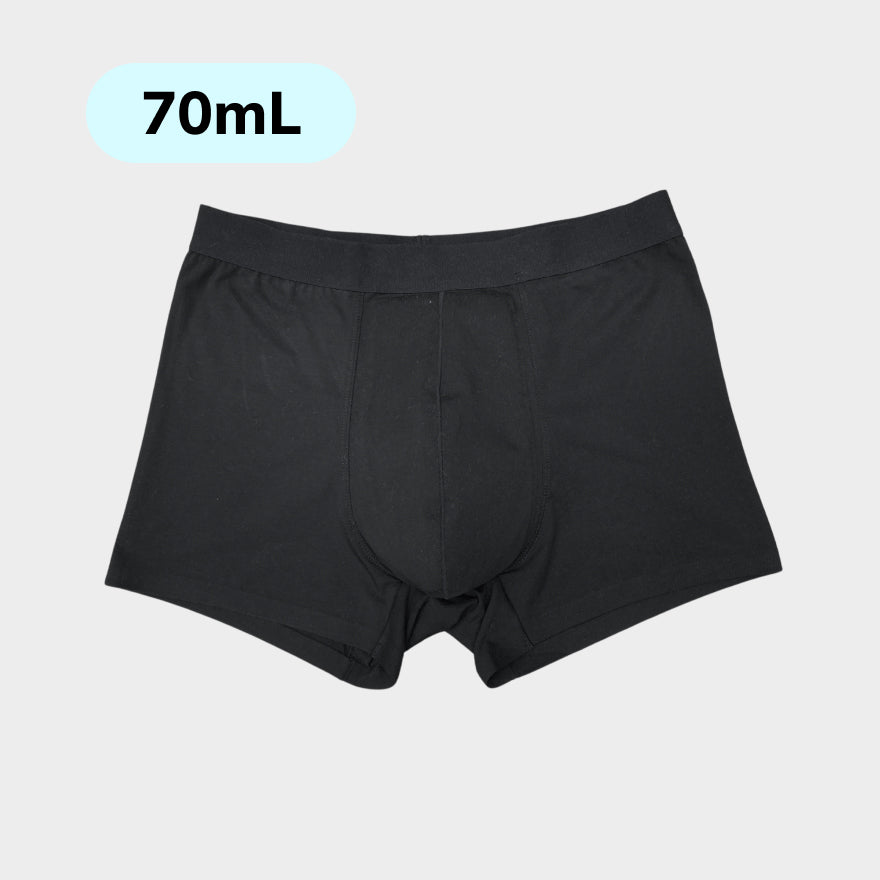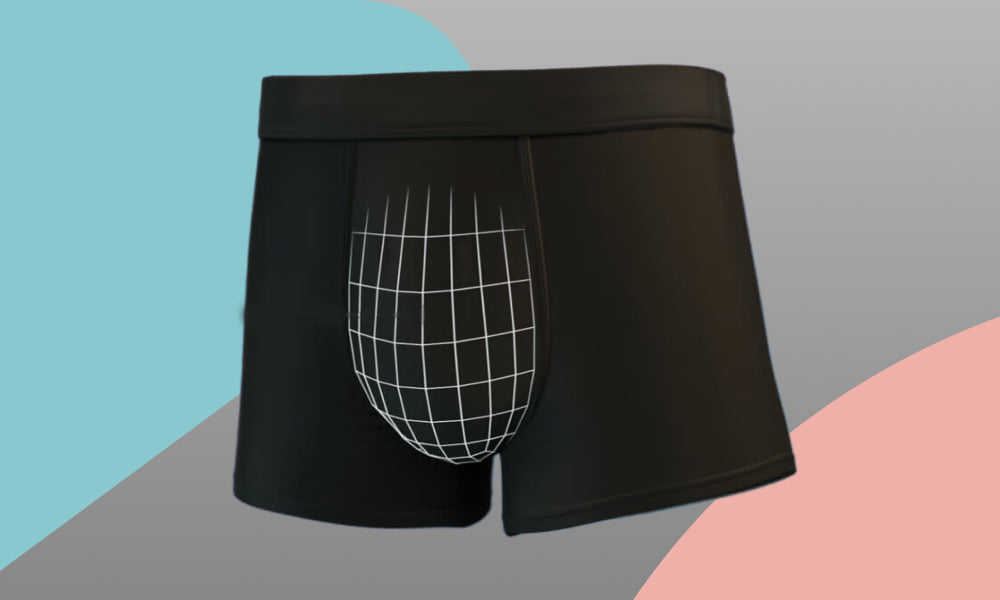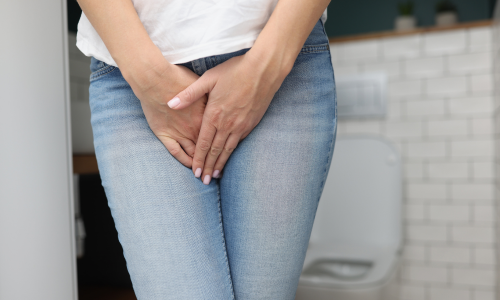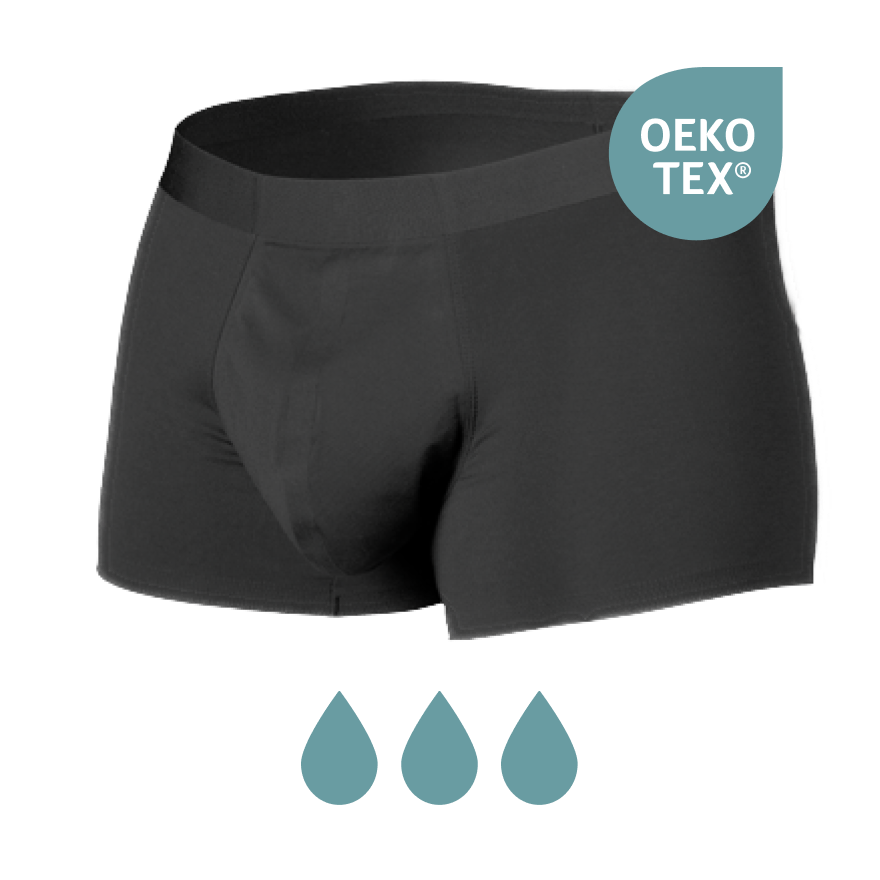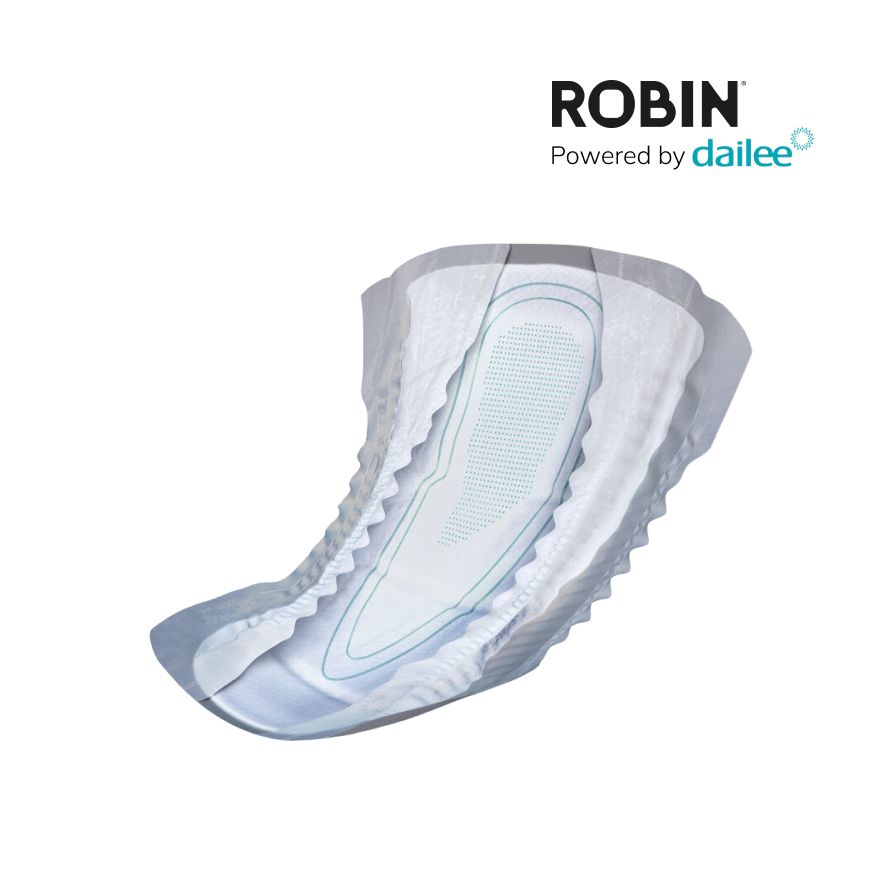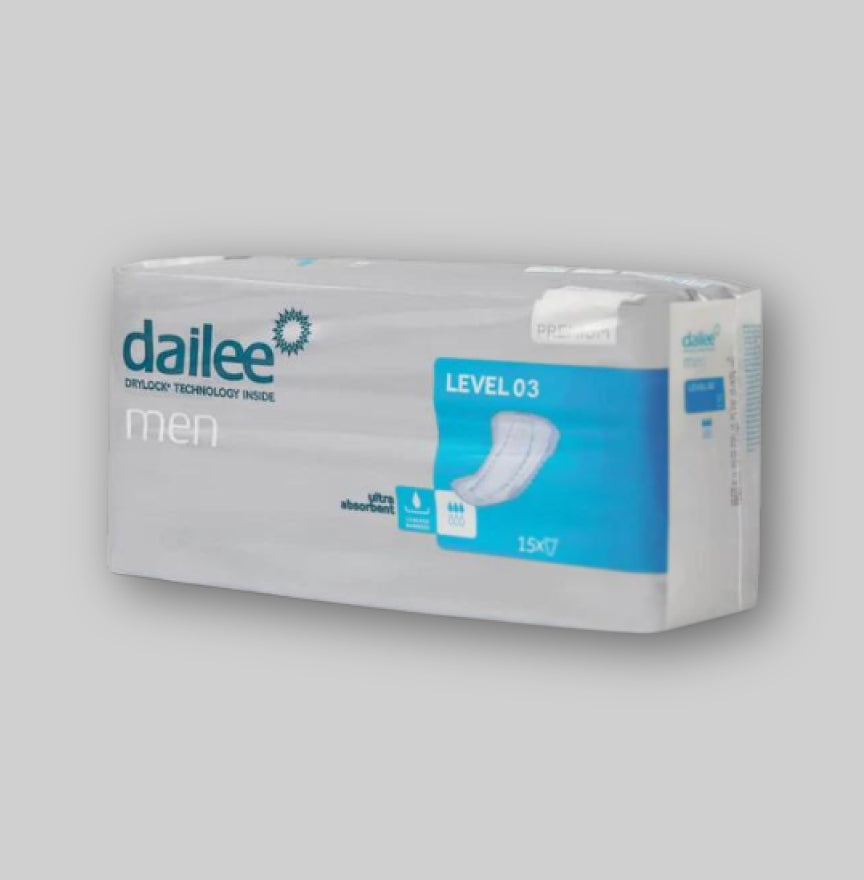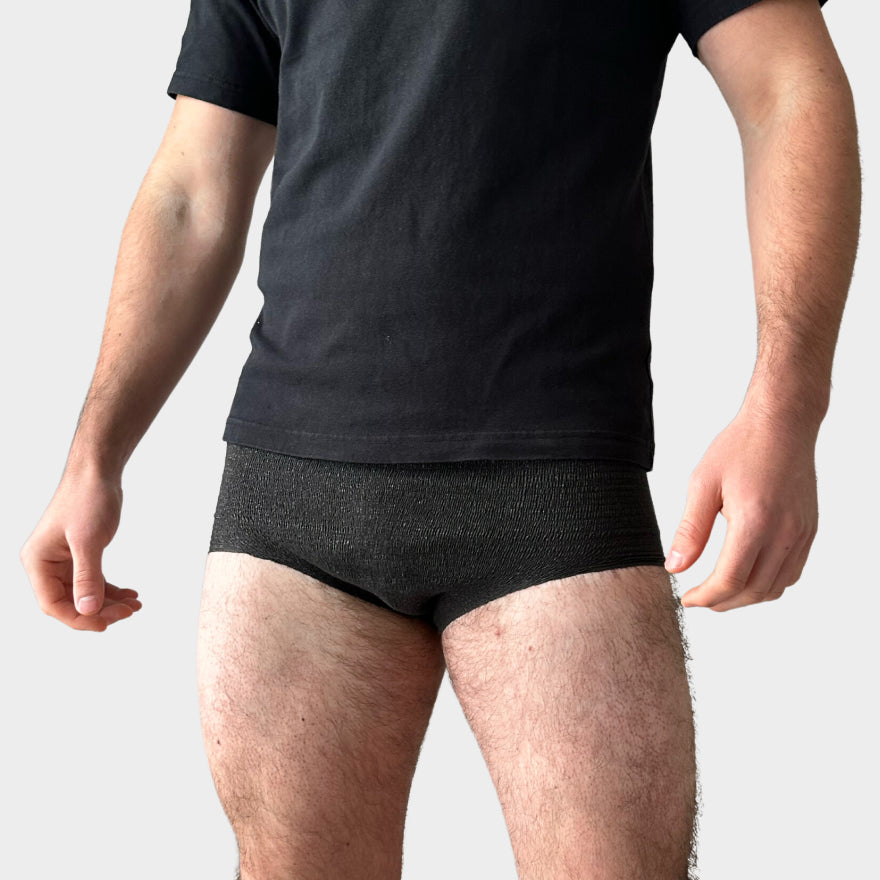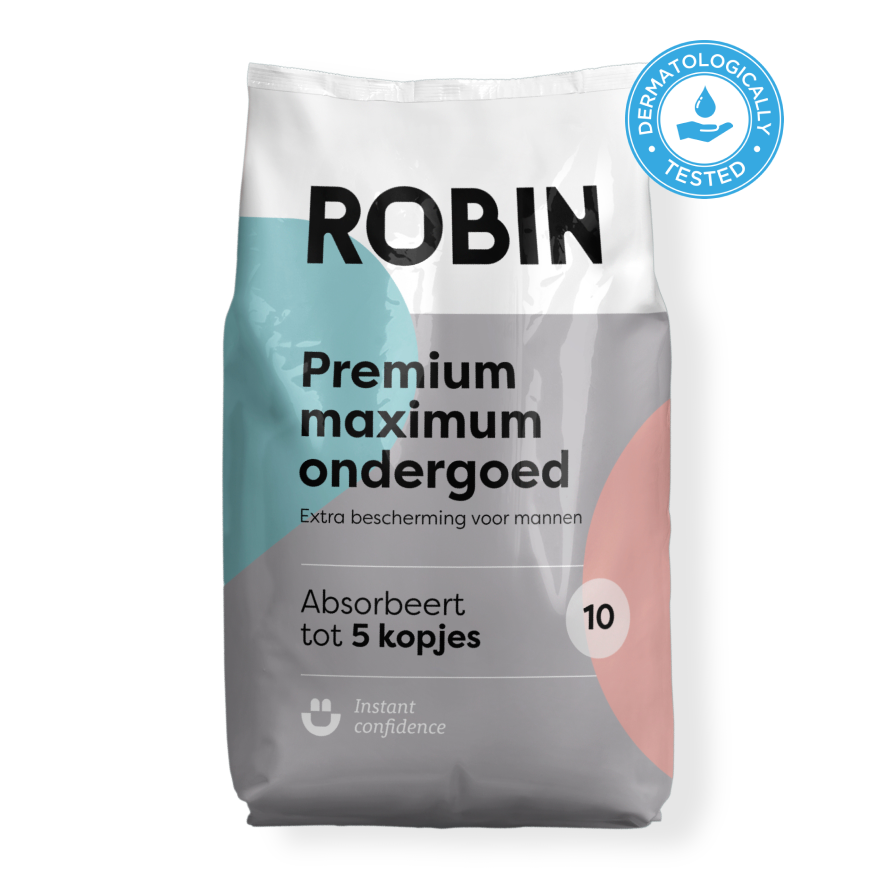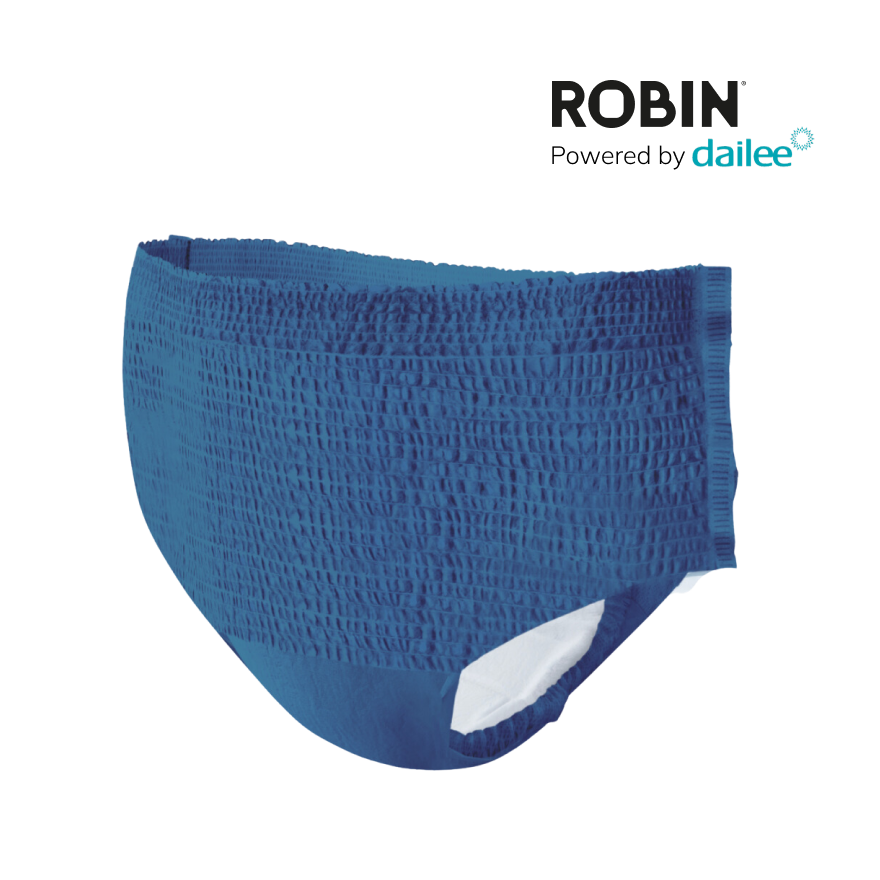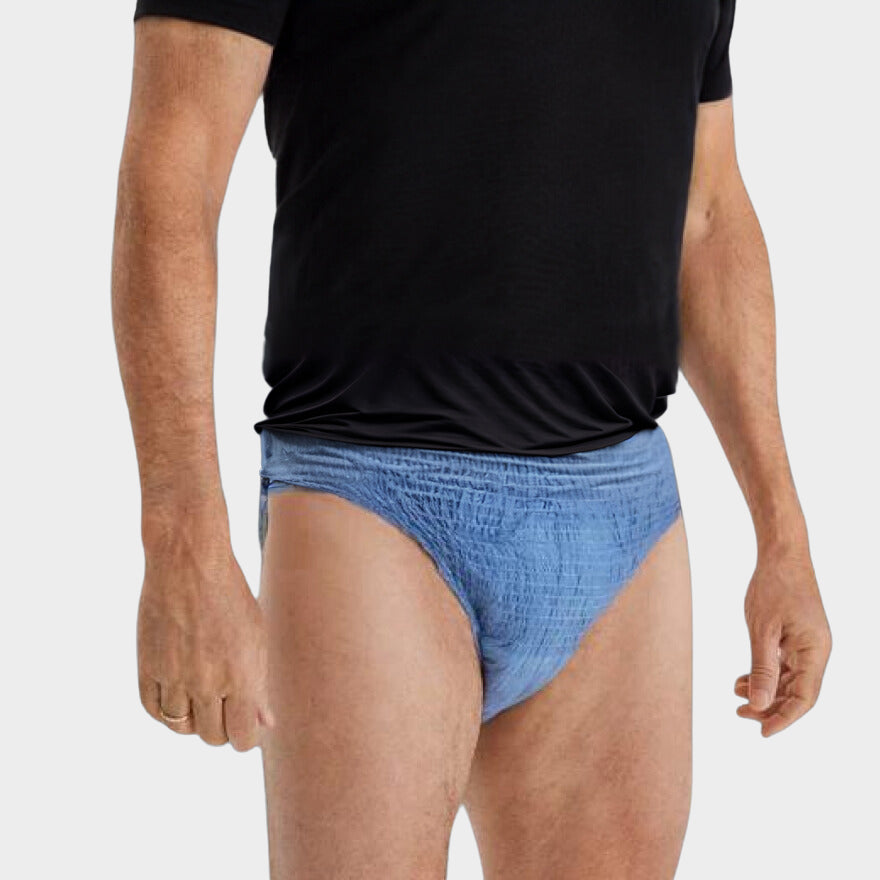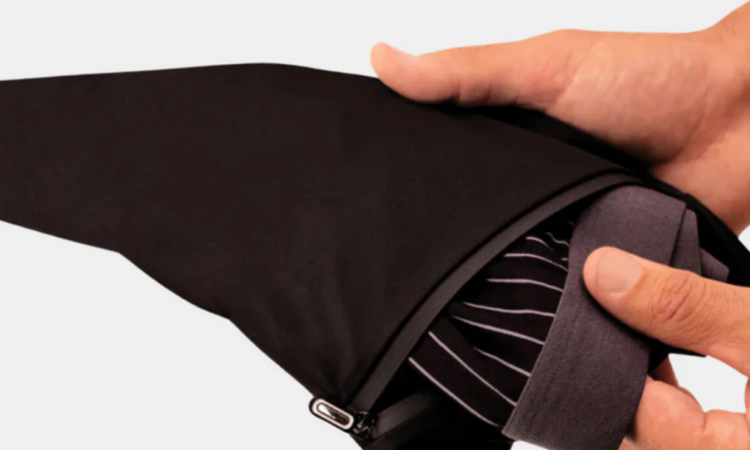What is exercise incontinence?
Exercise incontinence, also known as stress incontinence, is a common problem for both men and women. It occurs when there is involuntary loss of urine during physical activities such as coughing, sneezing or exercising. This can be very uncomfortable and embarrassing, but luckily there are various treatments available.
Causes of exercise incontinence
The main cause of exercise incontinence is a weakening of the pelvic floor muscles. These muscles support the bladder and the urethra. When they weaken, they cannot absorb the pressure during exercise, which leads to loss of urine. This can be done by:
- Pregnancy and delivery
- Overweight
- Chronic cough
- Aging
- Operations in the pelvic area
Symptoms of stress incontinence
The symptoms of stress incontinence are usually clear and can vary in severity. The most common symptoms are:
- Loss of urine during exercise
- Loss of urine in sneezing or coughing
- The feeling of a weak bladder
- Unexpected loss of urine with sudden movements
Diagnosis of exercise incontinence
To diagnose exercise incontinence, a doctor will take a thorough history and perform a physical examination. This can include the following:
- Urine examination
- Urodynamic examination
- Pelvic investigation
Treatments for exercise incontinence
There are various treatments available for exercise incontinence, depending on the severity of the symptoms and the underlying causes. Some effective treatments are:
Pelvic floor exercises
Pelvic floor muscle exercises, also known as cone exercises, are a first step in the treatment of exercise incontinence. These exercises help to strengthen the pelvic floor muscles, improving control over the bladder.
Medication
In some cases, medication can be prescribed to improve the bladder function. This can help to reduce urine loss.
Surgery
For serious cases of exercise incontinence, a surgical procedure may be required. Procedures such as sling operation or bulk injections can support the urethra and reduce the loss of urine.
Lifestyle changes
In addition to medical treatments, certain lifestyle changes can help control exercise incontinence:
- Lose weight
- Pelvic floor exercises doing
- Avoiding caffeine and alcohol
- Regularly go to the toilet to empty the bladder
Prevention of exercise incontinence
Although not all cases of exercise incontinence can be prevented, certain measures can help reduce the risk. Some preventive tips are:
- Do pelvic floor muscle exercises regularly
- Retain a healthy weight
- Stop smoking to avoid chronic cough
- Ensuring good bladder health
Conclusion
Exercise incontinence is a common problem that can influence daily life. It is important to take the symptoms seriously and to seek medical help. With the right diagnosis and treatment, most people can significantly improve their symptoms and lead a normal life. Consult a doctor for personal advice and a treatment plan that best suits your situation.
